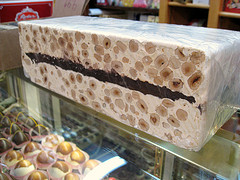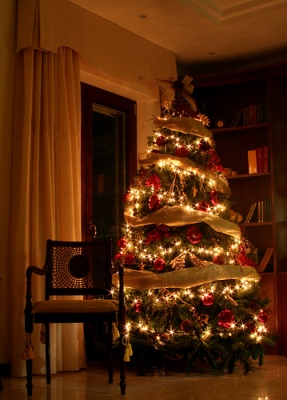
Christmas is almost all over the world, the most important feast of the year. It is celebrated on 25 December, for the Christian people it celebrates the birth of Jesus’ Christ and for many people in the world it is the feast of the family.
Christmas has pagan origins and the 25th of December was already a celebration day in ancient Rome.
Nowadays when we speak of Christmas we actually refer to a period of time ranging from 24th December to 6th January, precisely including Christmas Eve (December 24) 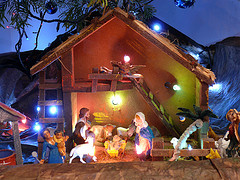 Christmas (25 December), Boxing Day (December 26) New Year’s Eve (December 31, evening – 1 January) and Epiphany or Epiphany (January 6), the latter usually represented by a nice old lady,the Befana, who, on the night between 5 and 6 January, comes to children-homes filling the stockings with sweets for good children and with coal for the bed ones.
Christmas (25 December), Boxing Day (December 26) New Year’s Eve (December 31, evening – 1 January) and Epiphany or Epiphany (January 6), the latter usually represented by a nice old lady,the Befana, who, on the night between 5 and 6 January, comes to children-homes filling the stockings with sweets for good children and with coal for the bed ones.
In Italy it is a tradition to decorate houses with crib and tree. The crib is the scene of Jesus’ birth represented with little statues. The tree is a fir, a true or a false one, decorated with variously colored balls and lights. Traditionally, crib and Christmas tree should be mounted on 8 December and put away the evening of January 6, but in modern life these dates are no longer respected.
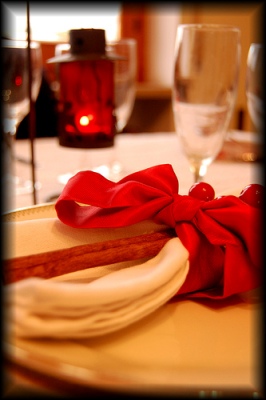
For the families of many parts of the world Christmas offers the opportunity to meet, eat and exchange gifts. The Italian family is no exception. The love of good food at this festival is one of its major expressions. Christmas is a marathon where Italians are ready to savor every kind of dish, from sweet to savory, from fish to meat, all obviously more abundant than usual portions.
Menus can vary from regional recipes to new features or “trends”, influenced by new ingredients.
The dinner on 24 December is often based on fish. Even the “antipasto” is rich in these occasions. In fact, the antipasto becomes crucial in any important meal and generally it offers appetizers that can be matched to the main menu, respecting the presence / absence of meat or fish.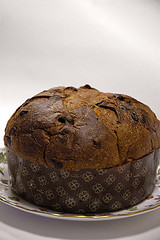
For the first course ranging from risotto fisherman to the most diverse and sought after fish sauces.
One of the must of the second course is the fried fish or “fritto misto”. If the dish is well prepared it is lightweight and is often accompanied by other tasty fried vegetables.
For Christmas lunch on December 25 meat is often prepared. The first consists of lasagne or cannelloni, while the second course is very frequently big plate of mixed grill meat or roast beef.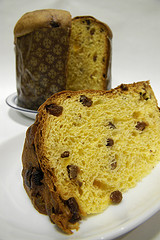
Finally however, various cheeses and fresh fruit, dried fruit and sweets in large quantities, all accompanied by good wine, red or white, and rivers of spumante, coffee and “Ammazzacaffè” (liqueur).
If the menu can’ vary according to the region the presence of Panettone, Pandoro and Torrone is sure all over Italy.
Panettone and Pandoro are the Christmas cakes par excellence.
The Panettone, of Lombard origin, is characterized by raisins and candied fruit.
The Pandoro, original of Verona, has a soft and golden brown pulp and it is served with a dusting of powdered sugar on it.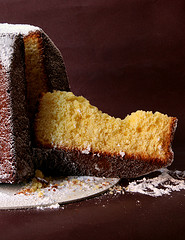
The Torrone, typical of Siena, in Italy means Christmas too and it is available with honey or chocolate with almonds and pistachios inside.
Photos from the albums of: Pigliapost, Giulio GND B, YUICHI.SAKURABA, cleda74, Sifu Renka, Torremountain.
